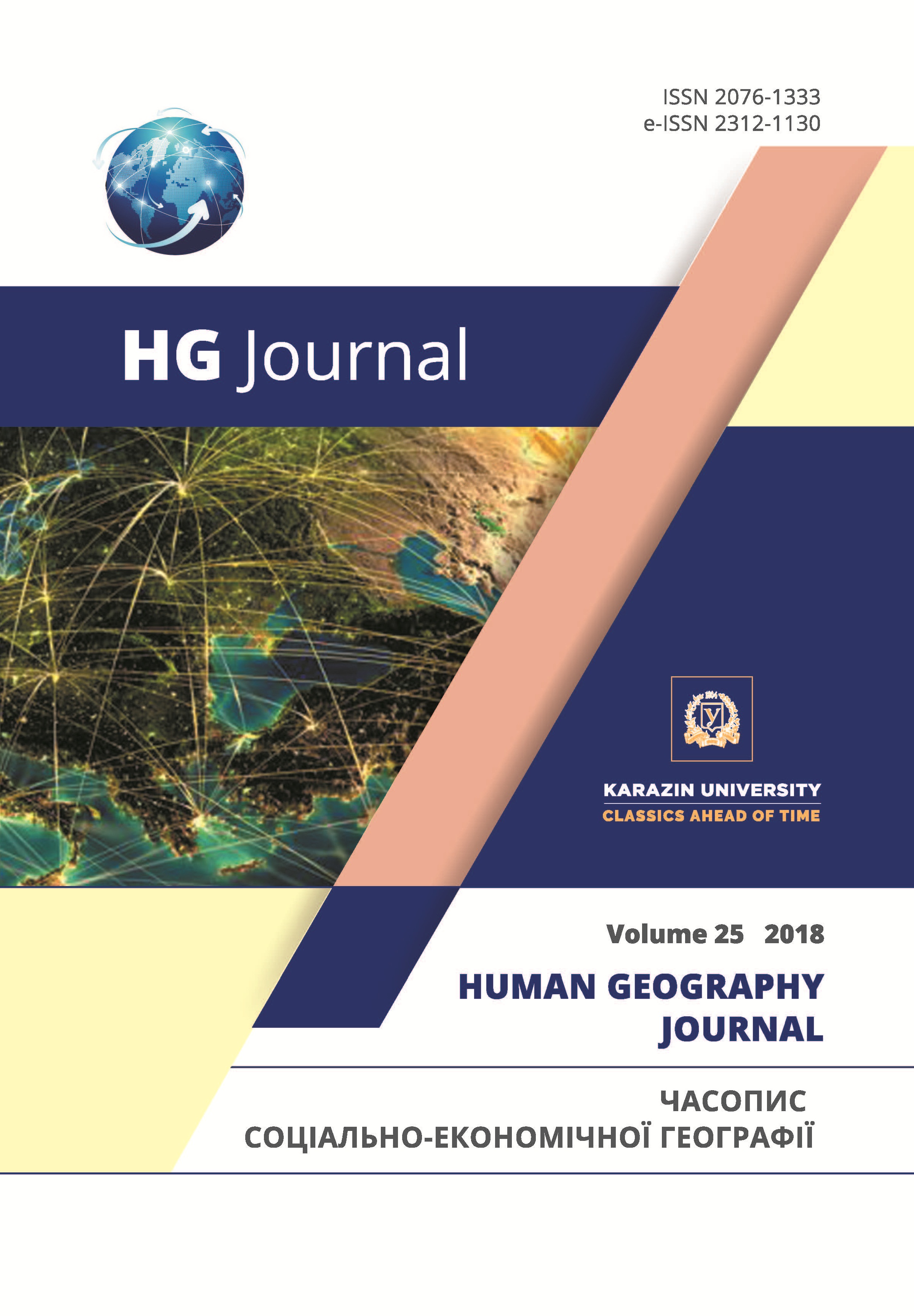Sustainable urban infrastructural development for smart city in Guwahati, India
Abstract
The Smart City Mission of Guwahati plains to leverage city’s unique locational advantages to establish its dominance and serve as the hub for the entire North-Eastern region and become a world-class destination in terms of tourism, business, trade, education and health. To achieve this, the mission plans to use the city’s rich cultural heritage and natural beauty as the key anchors not only for attracting tourists, but also to help convert the city’s present infrastructure challenges into opportunities. The main objective of the study is to analyse the presence of basic urban infrastructural facilities necessary for sustainable smart city.The stratified random sampling of houses in each 31 wards of the study area was conducted using the questionnaires method. The findings includes that public transport has increased approximately from 10 to 30 per cent. Under Jawaharlal Nehru Urban Renewal Mission (JNNURM) Phase-1 funding 200 buses have been acquired, increasing city’s bus fleet to nearly 2500. Wholesale markets, Inter State Bus Terminus (ISBT) have been shifted to outskirts to de-congest the city. At present 40 percent have piped water supply for 1 hour a day. City engages NGO’s for door to door solid waste collection, which is transported by GPS enabled vehicles. CCTV Cameras are getting installed at 18 identified locations. GMC is upgrading street lighting infrastructure i.e. LED and Solar lights. 2.59 lakhs houses and construction of metro was proposed in Guwahati Master Plan 2025. Bio-Metric attendance machine are operational in almost all government offices. Water pump are used to tackle the flash flood.
Downloads
References
Albino, et al. (2015). Smart Cities: Definitions, Dimensions, Performance, and Initiatives. Journal of Urban Technol-ogy, 22, 3-21.
All India Disaster Mitigation institute (AIDMI) (2014). Review of the studies, on the Urban Floods in Guwahati. Assam State Disaster Management Authority, 1-71.
Alawadhi, S. et al. (2012). Building Understanding of Smart City Initiatives. Lecture Notes in Computer Science 7443, 40-53.
Asensio, Á. et al. (2015). Managing Emergency Situations in the Smart City. The Smart Signal. Sensors, 15, 14370-14396.
Anand, S. (2010). Solid Waste Management, Mittal Publication, New Delhi.
Assam Remote Sensing Application Centre (2017). Shape file map of India Taken From the Director Office of ARSAC, Christanbasti, Guwahati.
ASDMA (2016). Atlas on Open Spaces of Guwahati City. Assam State Disaster Management Authority, 1-10.
Basumatary, M.G. Anand, S. (2016). An Overview of Smart Cities in India. The Horizon,VII, 23-25.
Benevolo, C. et al. (2016). Smart Mobility in Smart City, Action Taxonomy, ICT Intensity and Public Benefits. Springer, 13-27.
Bhasin, R.K. (2015). Smart Cities: Keeping them Secure and Disaster Free. Yojana, 58, 64- 66.
Borah, P. Bhagabati, A.B. (2015). Effect of river environment on the land use of Guwahati city: Perspectives from na-ture-culture relationship. The Clarion, 4, 27-33.
Chandrasekhar, R. (2015). Digital Governance in Smart Cities. Yojana, 58.
Chandrasekhar, S., Venkatesh, N. (2014). Planning for Smart Cities: Where to Start. Yojana, 58.
City Development Plan (2006). Solid waste management, Guwahati Master Plan.
Das, S. et al. (2014). GIS Based Landslide Hazard Zonetion of Guwahati Region. IJEDR, 4005-4014.
Deka, S. (2000). Study on Noise Pollution in Different areas of Guwahati City, Assam, India. Indian J. Environ and Ecoplan, 633-636.
Guwahati Municipal Corporation (2016). Guwahati Municipal Corporation, Water Supply Department, Panbazar, Guwahati.
Guwahati Municipal Development Authority (2016). Guwahati Smart City Mission Limited, Bangagarh, Guwahati.
Gogoi, B. (2013). Urban Poor in the Guwahati, First edition. Aalibaat Publication, Guwahati.
Hader, A., Rodzi. (2009). The smart city infrastructure development and monitoring. Theoretical and Empirical Re-searches in Urban Management, 4, 87-94.
Mahadevia, D. et al. (2014). City Profile: Guwahati, Centre for Urban Equity.
Ministry of Housing and Urban Affairs (2017). The City Challenge Stage 2. India Smart City Mission: Mission Trans-form-Nation, 1-86.
Mission Smart Guwahati (2015). Guwahati – Possible Smart City Transformation. Wapcos and Oasis Design Inc.
Monzon, A. (2015). Smart Cities Concept and Challenges: Bases for the Assessment of Smart City Projects. Springer International Publishing Switzerland, 17-31.
Phukon, P., et al. (2012). The assessment of the susceptibility of landslide in the city of Guwahati, using the GIS and Analytic Hierarchy Process System, IJCAES , 2, 1-6.
Roy, S. (2016). The Smart City Paradigm in India: Issues and Challenges of Sustainability and Inclusiveness. Social Scientist, 29-48.
Sen, A., et al. (2016). Allahabad as a Smart City: SWOT Analysis. The Horizon-A Journal of Social Sciences, VIII, 131-143.
Sridhar, K.S. (2015). Sanitation and Solid Waste Management in Indian Cities through ICT. Yojana, 59.
Tungnung, J.Z., Anand, S. (2016). Spatio-Temporal Analysis of Urbanisation and Urban Sprawl in Imphal, Manipur. IASSI Quarterly: Contributions to Indian Social Science, 35, 3 & 4, 293-304.
What is Smart City. Ministry of Housing and Urban Affairs. Government of India. Retrieved from http://smartcities.gov.in/content/innerpage/what-is-smart-city.php, 2018.
Citations
Valuation of Lithuanian Cities’ Smartness
Jurevičienė Daiva & Biekšaitė Augustė (2020) Economics and Culture
Crossref
Copyright (c) 2018 Basumatary M.G., Anand S.

This work is licensed under a Creative Commons Attribution 4.0 International License.




